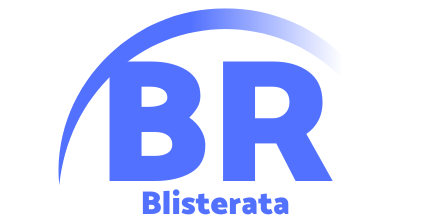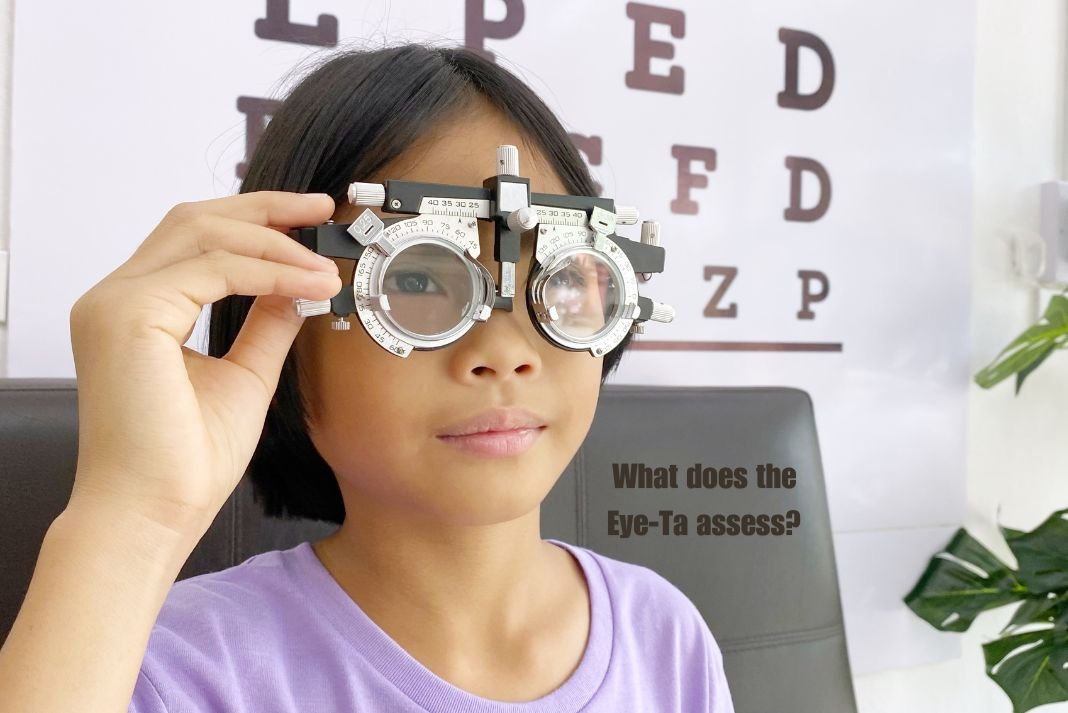In our current reality, where early instructive achievement sets the establishment for long-lasting learning, the stakes couldn’t be higher. With a critical level of kids entering grade school behind their friends in mental and language abilities, early mediation is urgent. Enter the Early Years Assessment – Instructor Evaluation (EYE-TA), a weighty device that reshapes how teachers approach youth training. This post plunges into the significance of the EYE-TA, its advantages, and the way that it can change the instructive scene for youthful students.
Table of Contents
Understanding the EYE-TA

What is the EYE-TA?
The Early Years Assessment: Instructor Evaluation (EYE-TA) isn’t simply an appraisal device; it’s an exhaustive way to deal with understanding and tending to the different requirements of youthful students. Executed right off the bat in kindergarten, the EYE-TA gives quick criticism, permitting teachers to settle on informed choices that emphatically influence a youngster’s education abilities and, by and large, turn of events.
Why Early Intervention Matters
Early mediation can change a youngster’s instructive direction. Research shows that kids who start school behind their friends are bound to battle scholastically all through their tutoring years. The EYE-TA recognizes expected perusing and learning hardships almost immediately, offering information on every kid’s assets and regions requiring further advancement right toward the beginning of the kindergarten year.
The Stakes are High
With numerous kids entering elementary school slacking in mental or language abilities, the EYE-TA fills in as a preventive measure. By recognizing issues early, teachers can execute designated intercessions that assist with overcoming any barrier, guaranteeing that all youngsters have the chance to succeed.
The Benefits of the EYE-TA
Actionable Insights for Educators
It gives instructors important information that can illuminate showing systems and designated interventions. By seeing every kid’s turn of events, instructors can adapt their approaches to address individual issues, upgrading instructional results.
Fostering Growth and Development
It is more than an evaluation—it’s an establishment for encouraging development and improvement in youthful students. By giving an all-encompassing perspective on a youngster’s life, it assists teachers with zeroing in on regions that need support and supporting adjusted and extensive development.
Celebrating Progress
One of the most rewarding parts of the EYE-TA is its pre-post model. This approach permits instructors to quantify and celebrate learning acquired throughout the school year. Establishing an early gauge for kindergarten status and new education abilities upholds every child’s formative necessities and cultivates a culture of accomplishment among understudies, educators, and guardians.
How to Implement the EYE-TA

Step 1 Understand the Assessment
Prior to executing the EYE-TA, it’s pivotal to comprehend its parts and the way that it works. The evaluation covers key advancement spaces, giving an exhaustive perspective on every youngster’s capacities and regions requiring improvement.
Step 2 Training Educators
Legitimate preparation is fundamental to expand the advantages of the EYE-TA. Teachers ought to be knowledgeable in directing the appraisal and deciphering the outcomes. This guarantees that they can precisely distinguish areas of concern and carry out powerful intercessions.
Step 3 Immediate Reporting and Interventions
One of the EYE-TA’s standout features is its ability to provide immediate reporting. This allows educators to quickly implement the right supports for each child, targeting areas of concern across key development domains.
Step 4 Tailored Interventions
The EYE-TA is the primary appraisal expressly connecting evaluation results with study hall practice. This ensures that intervention activities are tailored directly to developmental domains needing reinforcement, aligning assessment with effective intervention.
Step 5 Consistent Monitoring
Consistent monitoring is crucial for tracking progress and making necessary adjustments. The EYE-TA facilitates ongoing monitoring, allowing educators to align interventions with each child’s developmental needs continuously.
Step 6 Celebrating Achievements
Celebrating progress is a vital part of the EYE-TA approach. By estimating learning acquired throughout the school year, teachers can recognize and celebrate accomplishments, encouraging a positive learning climate.
The Role of Educators, School Leaders, and Parents
Educators
Teachers play an urgent part in executing the EYE-TA successfully. By utilizing the appraisal’s experiences, they can adapt their training techniques to meet the special needs of every child, improving instructional results.
School Leaders
School pioneers are instrumental in encouraging a culture that values early mediation and persistent improvement. By supporting the execution of the EYE-TA, they can guarantee that their schools are prepared to address the assorted requirements of youthful students.
Parents
Guardians are essential accomplices in the instructive cycle. By drawing in with the EYE-TA, they can acquire a superior comprehension of their youngster’s turn of events and work cooperatively with teachers to help their kid’s development.
The EYE-TA’s Impact on Literacy Skills
Early Identification of Learning Difficulties
The EYE-TA’s initial recognizable proof of expected perusing and learning troubles considers opportune intercessions. This can essentially upgrade a youngster’s proficiency abilities, making way for future scholastic achievement.
Informed Teaching Strategies
By providing detailed insights into each child’s development, the EYE-TA enables educators to craft informed teaching strategies that address specific needs. This targeted approach can lead to significant improvements in literacy skills.
Long-term Educational Outcomes
The advantages of the EYE-TA extend past kindergarten. By identifying serious areas of strength for an in-youth, the evaluation can emphatically affect long-term instructive results, guaranteeing that youngsters are totally ready for future scholarly difficulties.
Case Studies Successful Implementation of the EYE-TA

Case Study 1 Improved Literacy Rates
In a new contextual analysis, an elementary school that executed the EYE-TA saw a critical improvement in education rates. By distinguishing and tending to learning challenges early, teachers had the option to offer designated help, bringing about higher perusing capability among understudies.
Case Study 2 Enhanced Teacher Effectiveness
Another case study highlighted the impact of it on teacher effectiveness. Instructors detailed feeling more prepared to address the different necessities of their understudies, prompting a more comprehensive and steady learning climate.
Case Study 3 Positive Parental Engagement
It has likewise been shown to upgrade parental commitment. By giving guardians definite bits of knowledge about their youngster’s life, the evaluation encourages a cooperative approach to instruction, fortifying the organization between home and school.
Overcoming Challenges in Early Childhood Education
Addressing Diverse Learning Needs
One of the essential difficulties in youth training is tending to different advancing requirements. The EYE-TA gives a thorough perspective on every youngster’s turn of events, empowering teachers to tailor their methodologies and address individual issues successfully.
Ensuring Equity and Inclusion
Value and consideration are basic to the progress of any instructive program. It guarantees that all kids approach the help they need, no matter what their experience or capacities.
Building a Supportive Learning Environment
A steady learning climate is fundamental for cultivating development and improvement. By utilizing the experiences given by it, teachers can establish a climate that sustains every youngster’s true capacity and advances a culture of accomplishment.
The Future of Early Childhood Education
Innovations in Assessment
It addresses a critical development in the field of youth schooling. As innovation continues to develop, evaluations like the EYE-TA will play an undeniably significant role in determining the eventual fate of schooling.
The Role of Technology
Innovation will continue to be a main thrust in youth training. By utilizing progressed appraisal apparatuses like the EYE-TA, instructors can acquire further insight into every kid’s experience and carry out more compelling teaching methodologies.
A Vision for Lifelong Learning
A definitive objective of youth training is to establish the groundwork for long-lasting learning. By cultivating a culture of accomplishment and constant improvement, It guarantees that each kid has the chance to arrive at their maximum capacity.
Conclusion
The EYE-TA remains a guide for development in youth schooling, providing a thorough approach to understanding and taking special care of the different necessities of young students. By offering significant experiences, encouraging development and improvement, and celebrating progress, the EYE-TA assumes an essential part in forming the fate of training.
For teachers, school pioneers, and guardians focused on cultivating youth advancement, It is a priceless asset. Join us in our development toward opening the capability of every youthful student and making way for a more promising future for all kids. Investigate our assets and contextual analyses to become more familiar with how it can change youth schooling locally.

